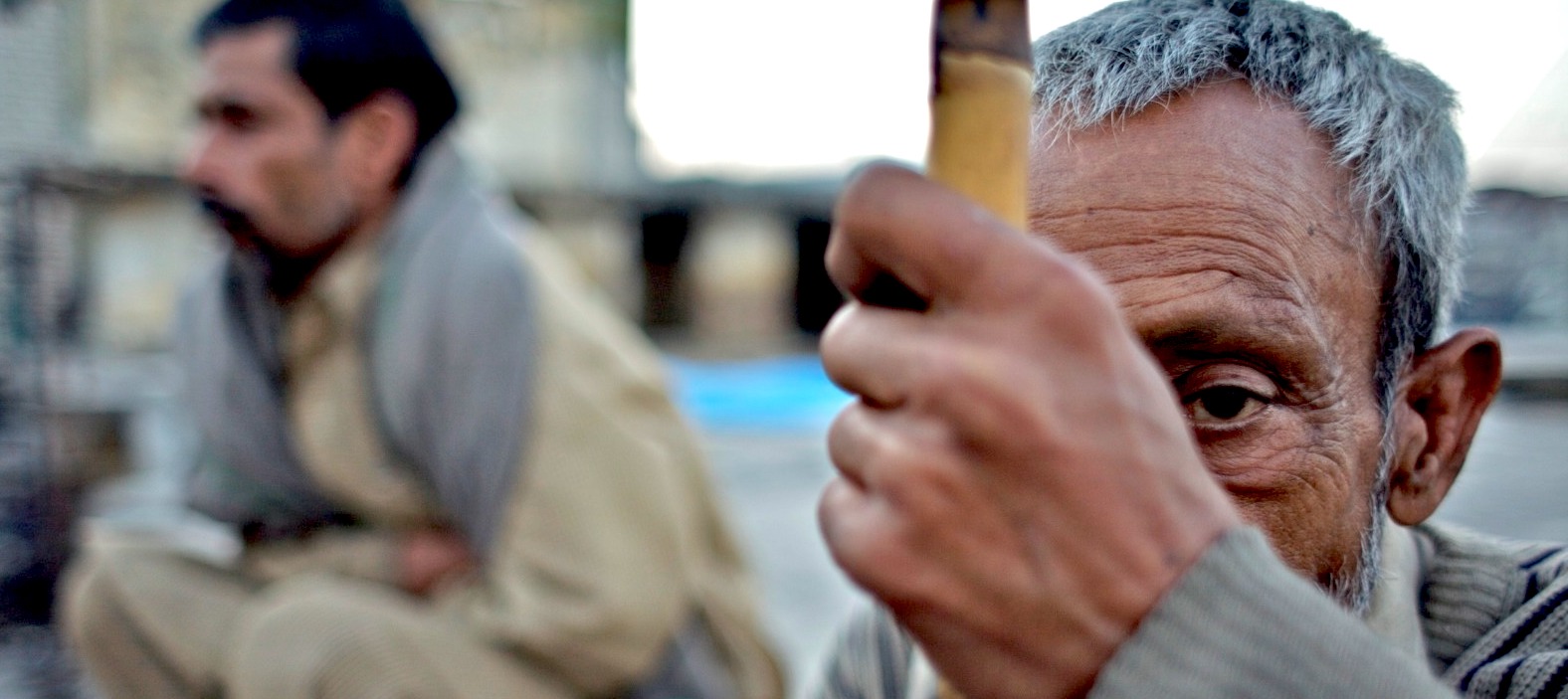
Gender and global health
Gender is a key driver of power to exercise the right to health, including exposure to risks of poor health, health seeking behaviors, access to quality health care, and outcomes of health and wellbeing.
Gender is different from biological sex. It is not equivalent to women and girls, or men and boys, but encompasses people of all genders and sexual orientations. It is socially constructed and influenced by laws, politics, policies, communities, families and individuals. It shapes how we behave, act and feel. Gender determines our positions and roles in society. It impacts health and wellbeing, influencing both our own individual behaviours (what risks we take with our health, what risks we face and whether or not we seek health care), and how the health system responds to our needs when we are sick or need care and support.
Global health players continue to do too little to address the very real impact of gender and issues, such as power and politics, norms, access, vulnerability and violence, on people’s health. The consequences of inaction are grave: For example, a baby girl born in 2017 can expect to live 4 years more than a baby boy born on the same day and in some countries that life expectancy gap is 11.7 years or more. Men’s shorter life expectancies are driven, in part, by their higher rates of consumption of tobacco and alcohol, their likelihood of death from violence (including in peacetime), deaths from road injuries, and deaths by suicide, all of which occur at much higher rates than among women.
Conversely, girls and women might live longer, but they suffer longer with chronic diseases. Pregnancy complications and unsafe abortions remain a significant cause of death in many settings, with one third of girls married before they are 18. Further, married women in 27 countries still require their husband’s consent before they can access contraceptives.
Within global health organisations, gender inequalities continue to define and drive career pathways and opportunities. Stark disparities at the leadership and senior levels of global health organisations are particularly troublesome given that women account for up to 75% of the health workforce in many countries.
In the spaces of influence, the power balance has yet to shift: 27% of ministers of health worldwide are women; and men outnumber women on the boards of global public-private health partnerships by 2-1. Given the continued widening of the economic gender gap, it will now not be closed for another 217 years.
At the same time, progress has been made in the past decade, with many examples of good practice which need to be urgently scaled-up. As a sector already powered by women, from the front lines to headquarters, and composed of people committed to social justice, global health and its leading players can show the way in prioritising gender both in organisational practice, and in the results they deliver for people of all genders and gender identities around the world.
Defining gender
Gender refers to the socially constructed norms that impose and determine roles, relationships and positional power for all people across their lifetime. Gender interacts with sex, the biological and physical characteristics that define women, men and those with intersex identities.
Gender equality in health means that all people have the right to realise their full potential to lead healthy lives, contribute to health development, and benefit from the results of this development.
Gender equity in health means fairness in addressing the different health needs of people according to their gender. Inequitable health outcomes based on gender are both avoidable and unacceptable. A concept of fairness recognises that there are differences between the sexes and that resources must be allocated differentially to address unfair disparities.

